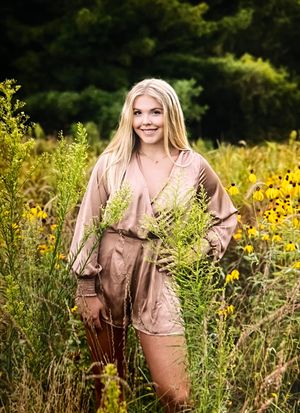**This is an original story that I published on my Medium page on April 17, 2023.
A hidden oasis south of Puerto Vallarta, Jalisco, Mexico. Where the jungle meets the ocean, only accessible by boat. The beach is so remarkable, that filmmaker John Huston chose to build his own secluded sliver of paradise here.
The beach is owned by the all-inclusive tour operator, Vallarta Adventures. Las Caletas resembles a small fishing village in the middle of the jungle with modern amenities built for adventure, sports, relaxation, and entertainment.
Las Caletas has crystal-clear blue/emerald water perfect for scuba diving, snorkeling, kayaking, and paddle boarding. You can also encounter native wildlife and sea life.
This stretch of land is considered one of the best beach destinations in the world.
Las Caletas is also famous for being the chosen home of renowned American filmmaker John Huston during the last years of his life.
John Huston first visited the land while filming his movie The Night of the Iguana, and he later leased the land from the local Chacala Indians in the 1970s, making it his final permanent home.
For the better part of the last five years, I have been living in Puerto Vallarta, Jalisco, Mexico. When I first came here, almost thirty years ago, Vallarta was a fishing village of some two thousand souls. There was only one road to the outside world — and it was impassable during the rainy season. I arrived on a small plane, and we had to buzz the cattle off a field outside town before setting down.
Over the years I came back to Vallarta a number of times. One of those times was in the 1963 to film “The Night of the Iguana”. It was because of this picture that the world first heard of the place. Visitors and tourists flocked in.
I am now living in Las Caletas, where I’ve leased one and a half acres from the Chacala Indian Community, the Mexican government has granted these Indians a long stretch of coast and a large interior region. To get to where I live you drive about fifteen miles south of Puerto Vallarta to a small fishing village called Boca de Tomatlan, where the highway leaves the sea and turns inland over the mountains. From Boca, you take a panga (an open fiberglass boat with an outboard motor) south some thirty minutes to Las Caletas.
I have my place on a ten-year lease, with an option for another ten. After that, the land and whatever I’ve built on it goes back to the Indians. Las Caletas is my third home. There are no roads to it, and it’s unlikely there will ever be — the nearest village is about half an hour away by jungle trail. Las Caletas faces the sea and its back to the jungle, for this reason, one thinks of it as an island.
Life here is lived in the open. At night wild creatures come down to inspect the changes I’ve made in their domain: coatimundis, opossums, deer, boars, ocelots, boas, and jaguars. We find their spoor or trails in the mornings. Flocks of frenetic parrots come winging in at first light, full of talk. They climb, dive, wheel as one bird, and alight in the treetops, all talking. They take off, do another quick turn or two, and disappear — talking.
After sunrise, the jungle quiets down, but there is always something going on at sea. Pelicans in tandem, skimming the waves — gulls and other seabirds, diving when the surface of the bay seethes and boils with sardines or schools of other small fish. There’s a manta ray who performs regularly about fifty yards offshore. He always jumps twice. The first time is to get your attention. Then he throws all three thousand pounds of himself so high out of the water that you can see the freckles on his white underbelly Gray, humpback and killer whales and porpoises ply the offshore waters. We’re trying to keep a record of the grays because this is the farthest south they’ve ever been seen.
The winters are sparkling clear. There is almost no rain for nine months. By spring the jungle greens have faded to olive drab. In late June the clouds begin to gather. They thicken and lower until they’re halfway down the mountainsides. The atmosphere gets heavier and heavier. Then one day the heavens opened and the torrential rains beat down. Instantly there are explosions of color throughout the jungle: orchids, birds or paradise, and all manner of bromeliads. And every night there’s an electricity display out at sea, lighting up the horizon like a great artillery duel between worlds.
Now that I’m of a certain age, I’m following a piece of old Irish advice in going to live by the sea: ‘It stops old wounds from hurting. It revives the spirit. It quickens the passions of mind and body, yet lends tranquility to the soul.’
-John Huston
My personal photos, taken in Las Caletas
Shot in March, during the long dry season








